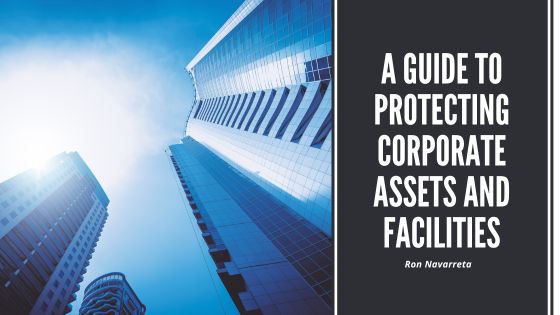Protecting corporate assets and facilities is paramount in today’s fast-paced business landscape. Whether it’s intellectual property, physical infrastructure, or sensitive data, safeguarding these valuable resources is crucial for any organization’s long-term success and growth. This blog is a comprehensive guide to help businesses implement effective strategies and measures to protect their corporate assets and facilities.
Conduct a Comprehensive Risk Assessment:
Before implementing any security measures, conducting a thorough risk assessment is vital. Identify potential vulnerabilities, both internal and external, that could compromise corporate assets and facilities. Evaluate your organization’s physical, technological, and operational aspects to determine potential threats and weaknesses.
Implement Access Controls:
One of the fundamental elements of protecting corporate assets and facilities is controlling access. Implementing access controls ensures that only authorized personnel have entry to sensitive areas. Utilize key cards, biometric systems, and CCTV surveillance to monitor and restrict access to critical locations. Regularly review and update access permissions to align with personnel and business needs changes.
Establish Robust IT Security:
In today’s digital age, protecting corporate assets also involves safeguarding digital infrastructure and data. Implement robust IT security measures to protect against cyber threats. This includes using strong passwords, regularly updating software and hardware, employing firewalls and encryption technologies, and conducting regular security audits. Educate employees about cybersecurity best practices to minimize the risk of data breaches and other cyber incidents.
Install Physical Security Measures:
Physical security measures are equally necessary for protecting corporate assets and facilities. Install security systems such as surveillance cameras, alarms, and motion sensors to monitor and detect unauthorized activities. Conduct regular inspections of the premises to identify any physical vulnerabilities, such as weak points in fencing, doors, or windows, and promptly address them.
Develop an Emergency Response Plan:
A well-defined emergency response plan is crucial for lower potential risks and the impact of unforeseen events. Establish protocols for emergency scenarios, including natural disasters, fires, theft, and security breaches. Train employees on evacuation procedures, communication channels, and their role in emergencies. Regularly test and update the response plan to ensure its effectiveness.
Implement Employee Security Awareness Programs:
Employees are often the factor hardest to count on when it comes to corporate asset protection. Conduct regular security awareness programs to educate employees about safeguarding corporate assets and facilities. Train them to identify and report suspicious activities, follow security protocols, and maintain data confidentiality. Encourage a culture of vigilance and accountability among all staff members.
Secure Data and Intellectual Property:
Intellectual property and sensitive data are among a company’s most valuable assets. Implement strict data protection measures, including access controls, encryption, and regular data backups. Develop procedures for handling and storing confidential information securely, both digitally and physically. Limit access to sensitive data on a need-to-know basis and regularly audit data handling practices.
Engage Professional Security Services:
Consider engaging professional security services to enhance the protection of corporate assets and facilities. Security firms can provide expertise in risk assessment, physical security measures, and emergency response planning. They can also conduct regular security audits and offer recommendations for improvement based on industry best practices.
Protecting corporate assets and facilities is an ongoing endeavor that requires a multi-faceted approach. Remember, investing in asset protection today can save businesses from significant losses and damage to their reputation.

